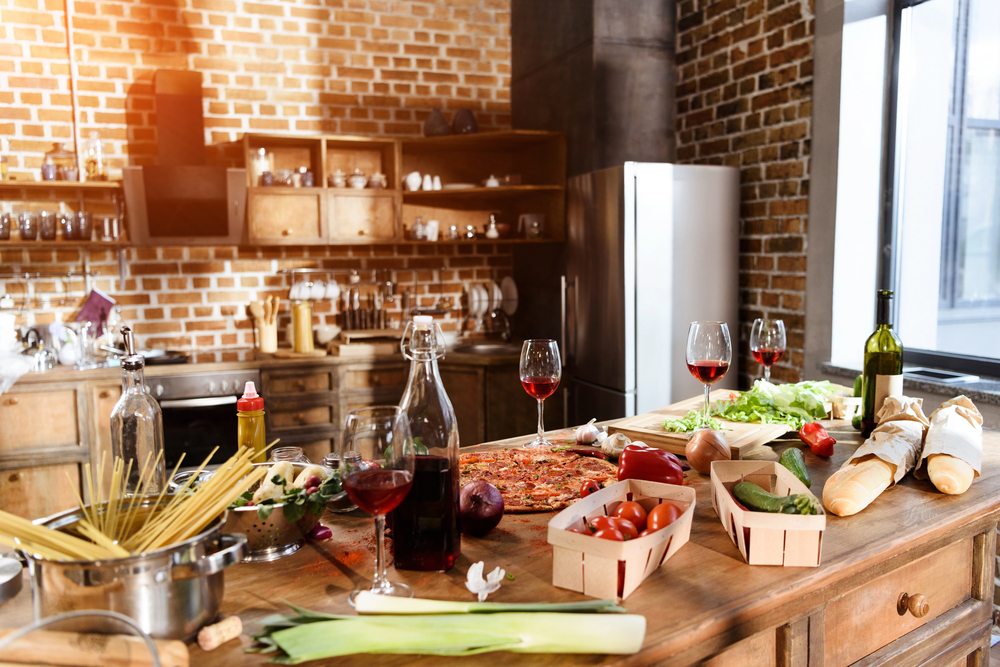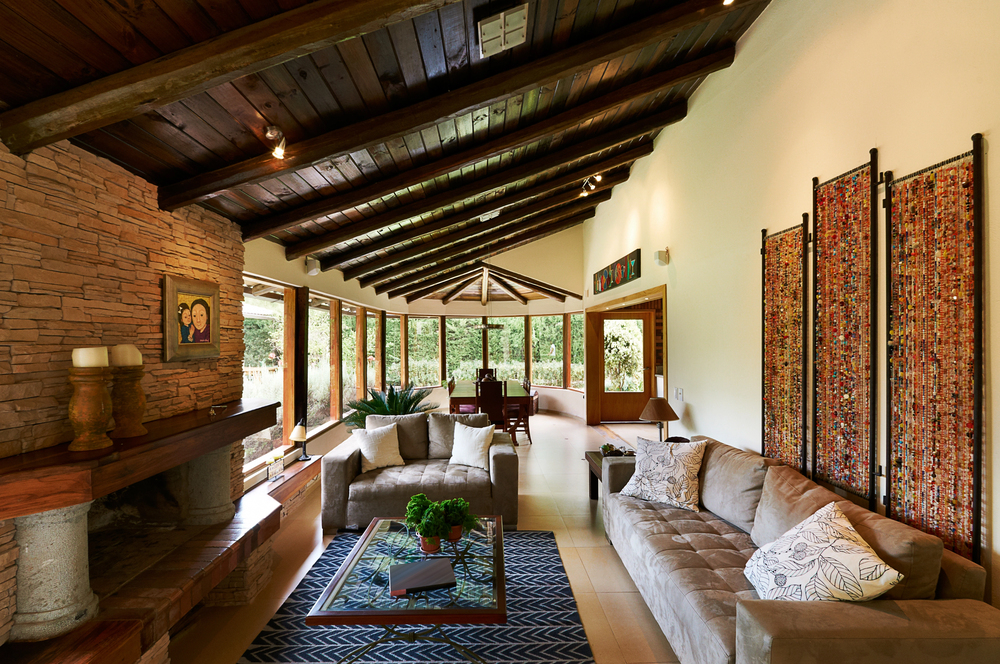When considering redesigning or renovating your home, it’s important to know what design choices are best for you to make your house feel like a home. We have been taking a look at rustic interior design as we feel it’s a wonderful choice when revamping your living space, and we have put together a comprehensive guide so you can discover what this incredible design choice can do for your home.
Rustic interior design brings a sense of warmth, simplicity, and natural comfort to homes, reminiscent of a countryside cottage or a quiet woodland cabin. It relies on earthy materials and handmade touches, standing apart from sleek modern styles with its relaxed, inviting feel. Rustic design offers a budget-friendly way to make a space feel personal and cosy. This guide covers what rustic style is, its key features, and practical steps to bring it into your home.
What is Rustic Interior Design?
Rustic design has its roots in rural life, emerging in the 19th-century Arts and Crafts movement as a reaction to industrialisation. Designers like William Morris in England and Gustav Stickley in America used raw materials such as oak and stone to create sturdy, practical items for cabins and lodges. The word “rustic,” from the Latin “rusticus”, meaning “of the countryside,” reflects its natural, unrefined appeal. Today, it includes styles like farmhouse, which is more polished, and blends with Tuscan or coastal looks, using weathered elements for a lived-in vibe.
Key Features of Rustic Style
Rustic interiors focus on natural, authentic materials. Wood, stone, and clay are common, often left unpolished to show grains, knots, or rough textures. Exposed beams or stone fireplaces add a sense of durability. Handmade items, like carved tables, woven textiles, or metal fixtures, bring character, valuing human craft over factory precision. Coir matting is an excellent addition when applying rustic design choices to your home. These are great for social spaces, like a seating area with a rug or sofa, and are central to pulling together the rustic look inside your home.

Why Rustic Design Lasts
Rustic style stays relevant because it’s simple and genuine, tapping into a shared desire to connect with nature and history. Raw wood and worn stone give a sense of permanence, recalling a slower, land-based life. This appeal led to substyles like rustic cottage, with its cosy charm, or rustic Scandinavian, blending minimalism with light. In France, it became the Provence style, with soft pastels and handmade pieces. Its flexibility suits homes from rural retreats to city flats, making it a solid choice for 2025.
Rustic Trends for 2025
Rustic design is evolving with modern touches while keeping its core. Sustainability is big, using reclaimed wood or local stone to cut environmental impact. Colour drenching applies muted, natural shades like olive green across walls and furniture for a unified look. Biophilic design adds plants or living walls to bring nature indoors. Burgundy red accents on walls or key pieces add warmth. English kitchen styles, with custom cabinets and vintage knobs, are returning for a functional, homely feel.
Adding Rustic to Your Rooms
Rustic design works in any space with the right elements. In a living room, hardwood floors and beams set a rural tone, paired with a wooden coffee table and linen throws. A dining room centres on a round wooden table with mixed chairs, plus stone walls and ceramic tableware. Bedrooms feel restful with wooden bed frames, neutral linens, and jute rugs, accented by vintage dressers or dried flowers. Kitchens mix practicality with charm using distressed wood cabinets, butcher block counters, and open shelves for jars. Bathrooms use stone tiles, wooden vanities, and pendant lights for a calm, spa-like effect, with plants or pebbles as accents.
Tips for a Rustic Look
To get the rustic style right, try upcycling; turn an old ladder into a towel rack or crates into shelves for a personal touch. Buy handmade goods from local makers, like baskets or pottery, or make your own, such as macramé wall hangings. Layer textures, mixing rough wooden tables with soft rugs and blankets, and use nature-inspired art, like botanical prints or driftwood pieces. Stick to earthy colours, greens, browns, and beiges, to keep walls, textiles, and furniture tied to nature.
Avoiding Rustic Design Mistakes
Keep a balance to avoid a cluttered or fake look. Using too much of one material, like all wood, can feel dull; mix in stone or textiles. Scale is important; a huge table in a small room overwhelms, and a tiny rug in a big space looks off. Overusing distressed finishes can seem forced; pair vintage items with smoother pieces. Don’t rely only on overhead lights, which feel too industrial. Use table lamps, pendants, or sconces for a softer, natural glow that fits the rural vibe.

Heart Home’s Final Thoughts
We absolutely love rustic design, stemming from its roots as a push against industrialisation, this design choice remains warm and authentic and adds a layer of cosiness to any home. Its mix of natural materials, handmade details, and earthy tones creates inviting spaces, from large farmhouses to small city flats. As the UK housing market grows, rustic style offers a cost-effective way to build a home that feels grounded and personal, linking you to nature and tradition in a busy world.

